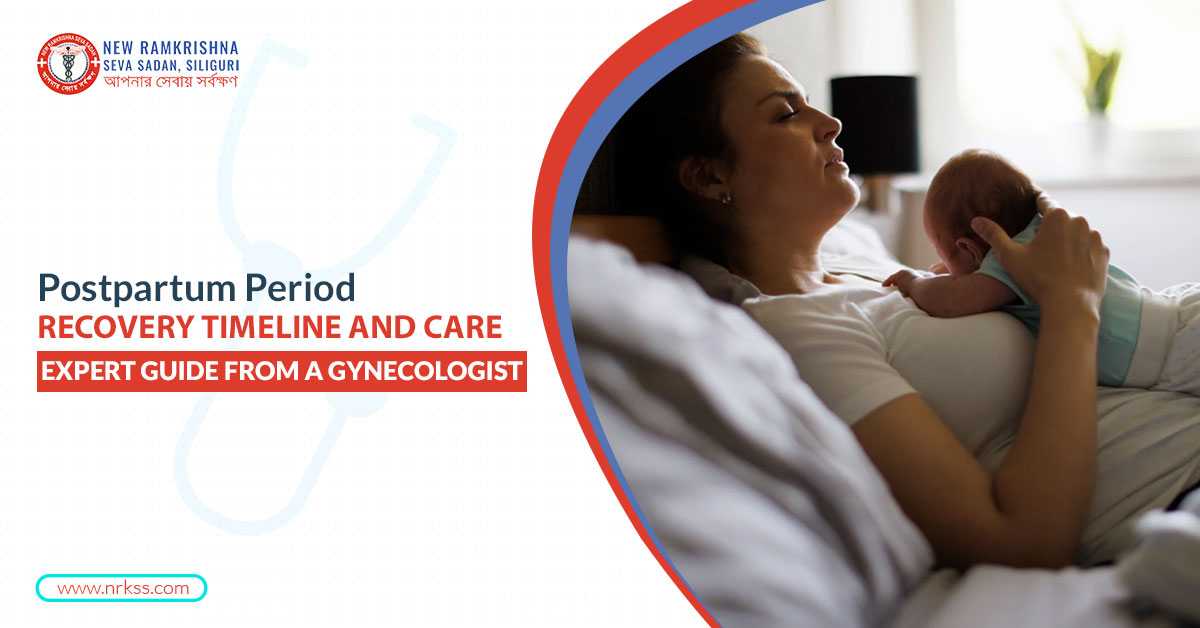Ovaries are the organs that belong to the female reproductive system. Ovarian cysts are fluid-filled sacs that develop on or within the surface of the ovary, which is no more an infrequent disease. In most patients, cysts cause less or no pain that completely goes away without surgical intervention. And only a few are left with medical assistance or surgery in severe cases. To prevent your health from this type of adversary consult an expert. Book your appointment with the top most gynecologist in Siliguri, at New Ramkrishna Seva Sadan, the leading hospital in town.
Table of contents
- Symptoms of ovarian cysts
- Causes
- Risk factors
- Prevention
Symptoms of ovarian cysts
In severe cases, patients feel-
- Unexplained lower abdominal pain (pelvic pain)
- Discomfort due to fullness in the abdomen
- Pain with fever and vomiting
- Weakness, dizziness
Rather than waiting for the discomforts to go away on their own, seek an expert’s help.
Causes
The prominent cause of ovarian cysts is linked to the menstrual cycle, called functional cysts. Where other categories of cysts considered are rare.
- Functional Cysts
Each month your ovaries produce follicles that make estrogen and progesterone hormones and free an egg during ovulation.
The two types of functional cysts-
- Follicular Cyst- your ovaries generally release an egg during every menstrual cycle that grows inside the follicle. When an egg gets mature, the follicle releases it. The complication begins if the follicle doesn’t break open and free the egg, leading to a follicular cyst.
- Corpus Luteum Cyst-once the follicle is done releasing the egg, it prepares for the next one. But when fluid buildup inside it turns into a cyst.
Other cysts-
- Dermoid Cyst- refers to a collection of hair, skin tissues, and tooth, bone nerves. An ovarian dermoid cyst can grow during women’s reproductive years.
- Cystadenomas-develop on the surface of the ovary that can be filled with watery materials.
- Endometriomas-also called endometrioid cysts, grow when endometrial tissues develop in your ovaries. Sometimes termed ‘chocolate cysts’ for being filled with old menstrual tissue and blood.
Risk factors
- Hormonal complications
- Pregnancy
- Serious pelvic infection
- Endometriosis
- History of ovarian cyst
Prevention
Since no such major signs have been identified in most of the cases, a routine pelvic exam can help find out. To determine the size, type of the cysts, your doctor will suggest certain tests, include:
- Pelvic ultrasound
- Pregnancy test
- Laparoscopy
- CA 125 blood test
Treatments for ovarian cyst-
- Medication (hormonal contraceptives)
- Surgery (ovarian cystectomy & oophorectomy)






